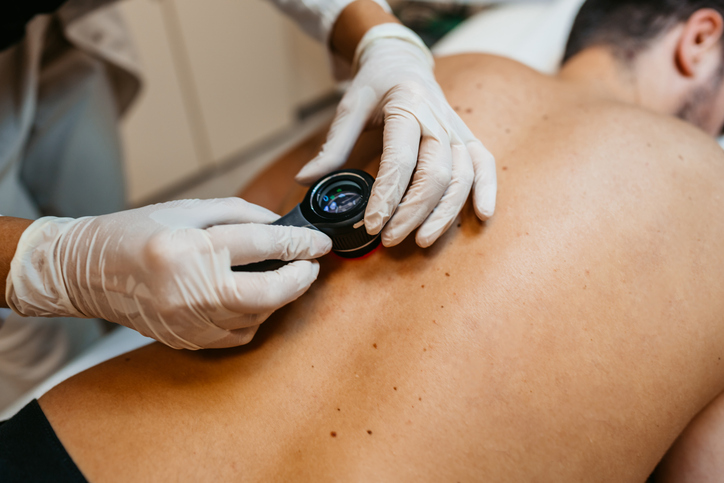
A new cross-sectional study examined factors associated with reduced bone mineral density (BMD) and the risk of fracture in long-term survivors of childhood leukemia and lymphoma.
“Survivors of childhood leukemia/lymphoma are at increased risk for reduced bone mineral density (BMD),” the researchers explained. “The authors sought to determine the frequency of reduced BMD detected by off‐therapy surveillance, factors associated with reduced BMD, and the association of reduced BMD with fractures.”
Their findings were published in Cancer.
The study included childhood leukemia/lymphoma survivors attending two survivorship clinics for routine, guideline-recommended service from Jan. 1, 2004, to Aug. 31, 2016. Patients were eligible based on the following factors:
- Received a cancer diagnosis at age < 20 years
- Underwent a routine dual‐energy x‐ray absorptiometry (DXA) scan two years or longer following completion of cancer therapy
- Did not have a precancer condition affecting BMD
Patients with a DXA scan less than two years before completing cancer therapy were excluded because this would not be considered routine surveillance. The researchers height-for-weight adjusted lumbar spine BMD z-scores. Low BMD was defined as > 1 SD below age-, sex-, and race-matched norms, and very low BMD was defined as > 2 SDs below the same norms. Medical records were queried for data on treatment, chronic conditions, and fracture.
Final analysis included 542 patients (mean age [range], 15.5 [4.4-52.2] years; 51.5% were female) who were six (range, 2.0-35.1) years post-therapy. Of the total cohort, 116 sustained a post-therapy fracture. Low BMD and very low BMD in the lumbar spine was present in 17.2% and 3.5%, respectively, of survivors. However, subgroup analyses yielded significant between-group differences: in the cohort of survivors aged between 15 and 19 years, 10.8% had very low BMD. Multivariable analyses found the following factors to be significantly associated with low BMD: older age at diagnosis, white race, and being underweight. Survivors with low BMD were more likely to sustain nondigit fractures (odds ratio, 2.2; 95% CI, 1.3‐3.7) and specifically long‐bone fractures (odds ratio, 2.7; 95% CI, 1.5‐4.7).
“We observed an association between low BMD and post-therapy fractures, emphasizing the clinical importance of DXA surveillance,” the authors wrote in their conclusion. “Future studies are needed to investigate long-term fracture risk and interventions to prevent fractures in the growing population of older adult childhood cancer survivors.”






 © 2025 Mashup Media, LLC, a Formedics Property. All Rights Reserved.
© 2025 Mashup Media, LLC, a Formedics Property. All Rights Reserved.